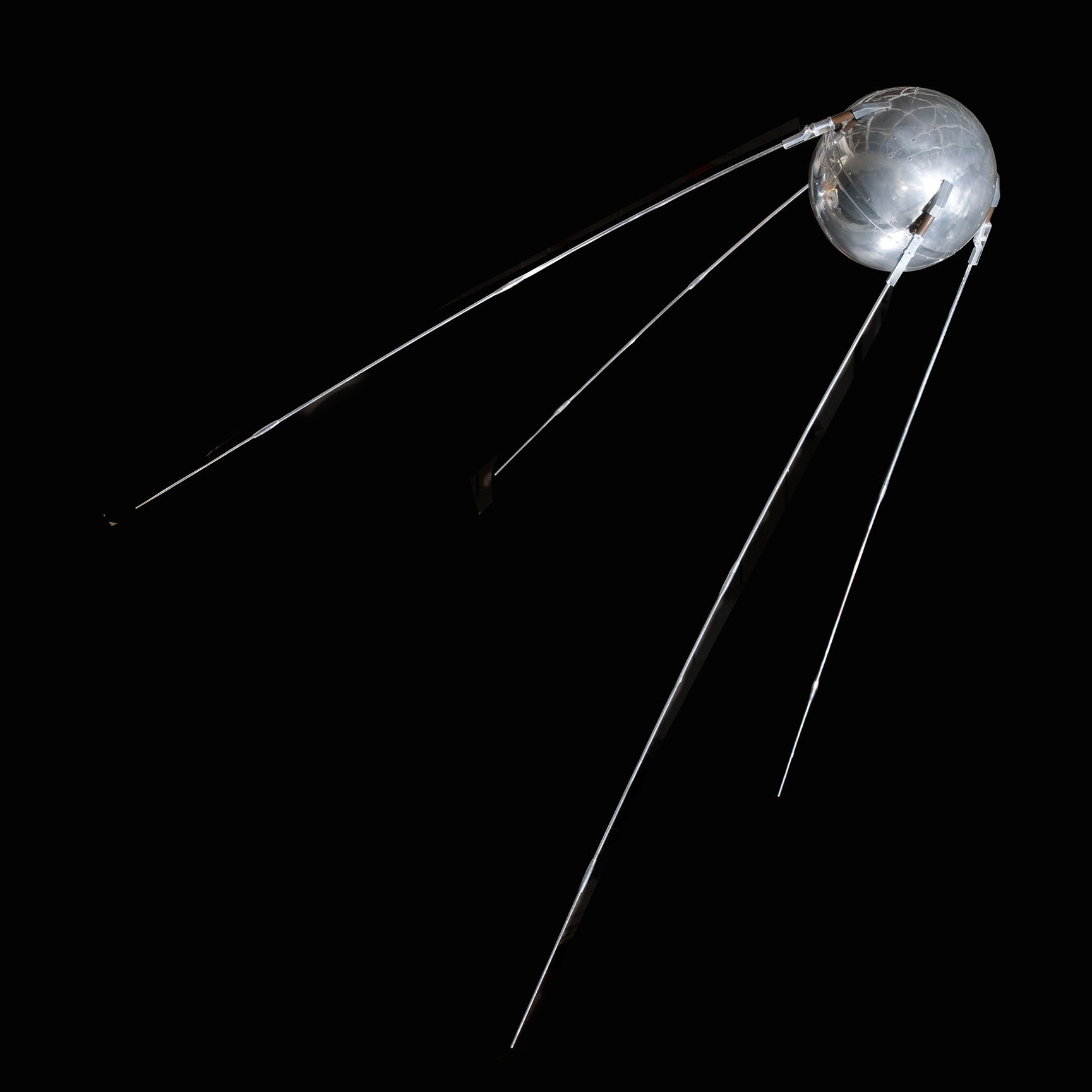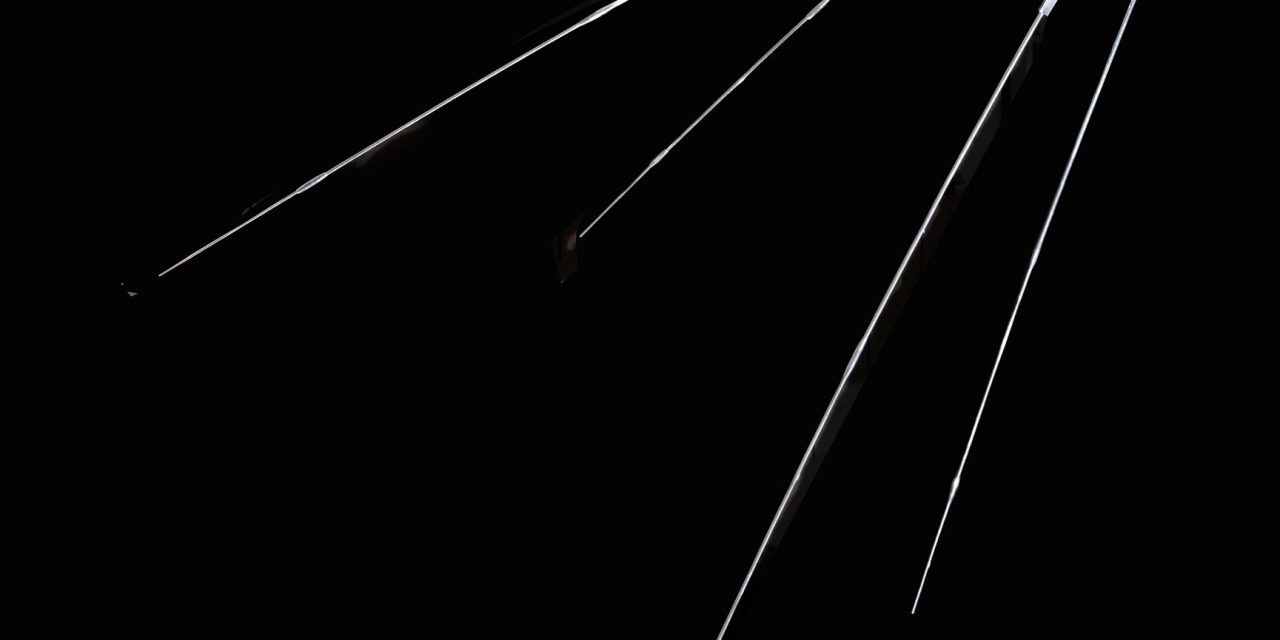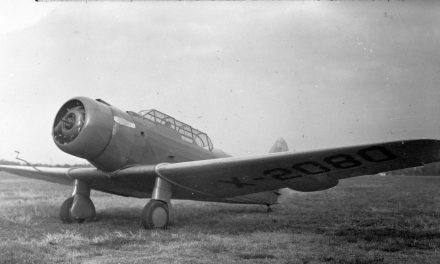
This Day in Aviation History
October 4th, 1957
Sputnik is launched into low Earth orbit.
Sputnik 1 (/ˈspʌtnɪk/; Russian: Спутник-1 [ˈsputnʲɪk] “Satellite-1”, or ПС-1 [“PS-1”, i.e. Russian: Простейший Спутник-1 “Elementary Satellite 1”]) was the first artificial Earth satellite. The Soviet Union launched it into an elliptical low Earth orbit on 4 October 1957. It was a 58 cm (23 in) diameter polished metal sphere, with four external radio antennas to broadcast radio pulses. It was visible all around the Earth and its radio pulses were detectable. This surprise 1957 success precipitated the American Sputnik crisis and triggered the Space Race, a part of the larger Cold War. The launch ushered in new political, military, technological, and scientific developments.
Sputnik itself provided scientists with valuable information. The density of the upper atmosphere could be deduced from its drag on the orbit, and the propagation of its radio signals gave information about the ionosphere.
Sputnik 1 was launched during the International Geophysical Year from Site No.1/5, at the 5th Tyuratam range, in Kazakh SSR (now at the Baikonur Cosmodrome). The satellite travelled at about 29,000 kilometres per hour (18,000 mph; 8,100 m/s), taking 96.2 minutes to complete each orbit. It transmitted on 20.005 and 40.002 MHz which were monitored by amateur radio operators throughout the world. The signals continued for 21 days until the transmitter batteries ran out on 26 October 1957. Sputnik 1 burned up on 4 January 1958, as it fell from orbit upon reentering Earth’s atmosphere, after travelling about 70 million km (43.5 million miles) and spending 3 months in orbit…..
Source:
Wikipedia, Sputnik 1: http://gstv.us/1iUSdkC
YouTube, The Story Of The Sputnik Moment: http://gstv.us/1iUSjsg
Please consider supporting Gazing Skyward TV by using our affiliate links when shopping online and becoming a Patron on Patreon. http://gazingskywardtv.com/support/
Photo from: http://gstv.us/1iUSpjJ
#avgeek #Sputnik #Soviet #Russia #Space #Race #aviation #history #fb






Recent Comments